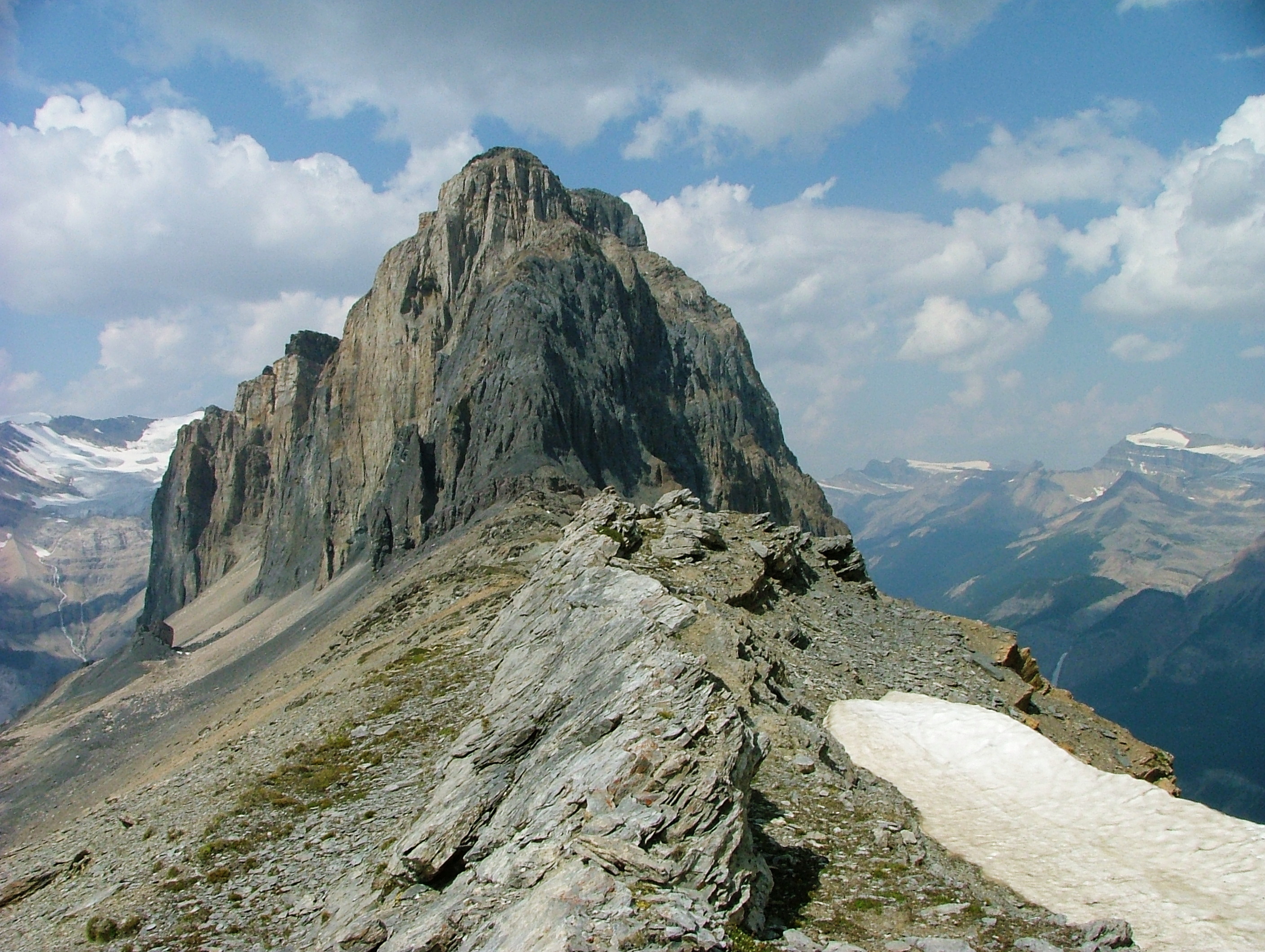|
Dalyia
''Dalyia'' is a pterobranch known from the middle Cambrian Burgess shale. It was previously interpreted as a red alga. It has smooth or faintly lineated stems, which branch into up to four equal branches at branching points. 37 specimens of ''Dalyia'' are known from the Greater Phyllopod bed, where they comprise 0.07% of the community. References External links * Burgess Shale fossils Prehistoric hemichordate genera Cambrian genus extinctions {{paleo-deuterostome-stub ... [...More Info...] [...Related Items...] OR: [Wikipedia] [Google] [Baidu] |
Charles Doolittle Walcott
Charles Doolittle Walcott (March 31, 1850February 9, 1927) was an American paleontologist, administrator of the Smithsonian Institution from 1907 to 1927, and director of the United States Geological Survey.Wonderful Life (book) by Stephen Jay Gould published in 1989, Chapter 4 He is famous for his discovery in 1909 of well-preserved fossils, including some of the oldest soft-part imprints, in the Burgess Shale of British Columbia, Canada. Early life Charles Doolittle Walcott was born on March 31, 1850 in New York Mills, New York. His grandfather, Benjamin S. Walcott, moved from Rhode Island in 1822. His father, also Charles Doolittle Walcott, died when Charles Jr. was only two. Walcott was the youngest of four children. He was interested in nature from an early age, collecting minerals and bird eggs and, eventually, fossils. He attended various schools in the Utica area but left at the age of eighteen without completing high school, the end of his formal education. His intere ... [...More Info...] [...Related Items...] OR: [Wikipedia] [Google] [Baidu] |
Burgess Shale
The Burgess Shale is a fossil-bearing deposit exposed in the Canadian Rockies of British Columbia, Canada. It is famous for the exceptional preservation of the soft parts of its fossils. At old (middle Cambrian), it is one of the earliest fossil beds containing soft-part imprints. The rock unit is a black shale and crops out at a number of localities near the town of Field in Yoho National Park Yoho National Park ( ) is a National Parks of Canada, national park of Canada. It is located within the Canadian Rockies, Rocky Mountains along the western slope of the Continental Divide of the Americas in southeastern British Columbia, bordered ... and the Kicking Horse Pass. Another outcrop is in Kootenay National Park 42 km to the south. History and significance The Burgess Shale was discovered by palaeontologist Charles Doolittle Walcott, Charles Walcott on 30 August 1909, towards the end of the season's fieldwork. He returned in 1910 with his sons, daughter, and wif ... [...More Info...] [...Related Items...] OR: [Wikipedia] [Google] [Baidu] |
Phyllopod Bed
The Phyllopod bed, designated by USNM locality number 35k, is the most famous fossil-bearing member of the Burgess Shale fossil ''Lagerstätte''. It was quarried by Charles Walcott from 1911–1917 (and later named Walcott Quarry), and was the source of 95% of the fossils he collected during this time; tens of thousands of soft-bodied fossils representing over 150 genera have been recovered from the Phyllopod bed alone. Stratigraphy and location The phyllopod bed is a 2.31 m thick layer of the 7 m thick Greater Phyllopod Bed, found in the Walcott Quarry on Fossil Ridge, between Wapta Mountain and Mount Field, at an elevation of around , around north of the railway town of Field, British Columbia, in the Canadian Rocky Mountains. It is adjacent to Mount Burgess, where Walcott first discovered the Burgess Shale formation. Walcott divided the bed into twelve units based on the rock type and fossil content. Certain fossil beds provide reference levels and can b ... [...More Info...] [...Related Items...] OR: [Wikipedia] [Google] [Baidu] |
Burgess Shale Fossils
The fossils of the Burgess Shale, like the Burgess Shale itself, formed around 505 million years ago in the Mid Cambrian period. They were discovered in Canada in 1886, and Charles Doolittle Walcott collected over 65,000 specimens in a series of field trips up to the alpine site from 1909 to 1924. After a period of neglect from the 1930s to the early 1960s, new excavations and re-examinations of Walcott's collection continue to reveal new species, and statistical analysis suggests that additional discoveries will continue for the foreseeable future. Stephen Jay Gould's book '' Wonderful Life'' describes the history of discovery up to the early 1980s, although his analysis of the implications for evolution has been contested. The fossil beds are in a series of shale layers, averaging and totalling about in thickness. These layers were deposited against the face of a high undersea limestone cliff. All these features were later raised up above current sea level during the cr ... [...More Info...] [...Related Items...] OR: [Wikipedia] [Google] [Baidu] |
Prehistoric Hemichordate Genera
Prehistory, also known as pre-literary history, is the period of human history between the use of the first stone tools by hominins 3.3 million years ago and the beginning of recorded history with the invention of writing systems. The use of symbols, marks, and images appears very early among humans, but the earliest known writing systems appeared 5000 years ago. It took thousands of years for writing systems to be widely adopted, with writing spreading to almost all cultures by the 19th century. The end of prehistory therefore came at very different times in different places, and the term is less often used in discussing societies where prehistory ended relatively recently. In the early Bronze Age, Sumer in Mesopotamia, the Indus Valley Civilisation, and ancient Egypt were the first civilizations to develop their own scripts and to keep historical records, with their neighbors following. Most other civilizations reached the end of prehistory during the following Iron Age. T ... [...More Info...] [...Related Items...] OR: [Wikipedia] [Google] [Baidu] |



